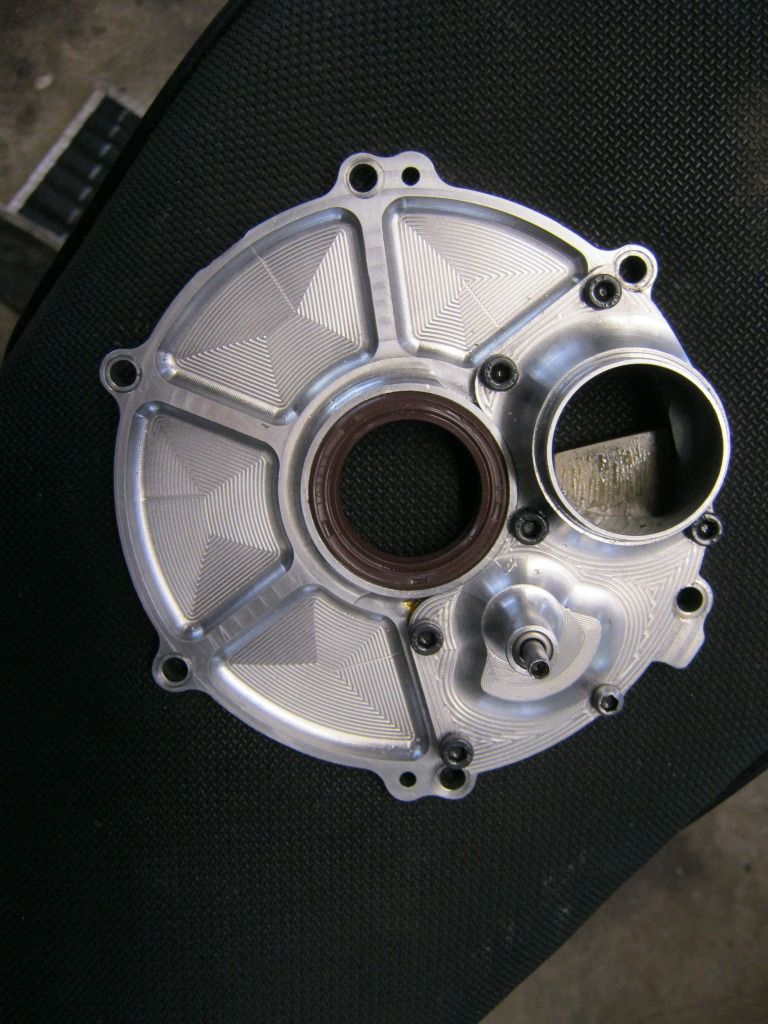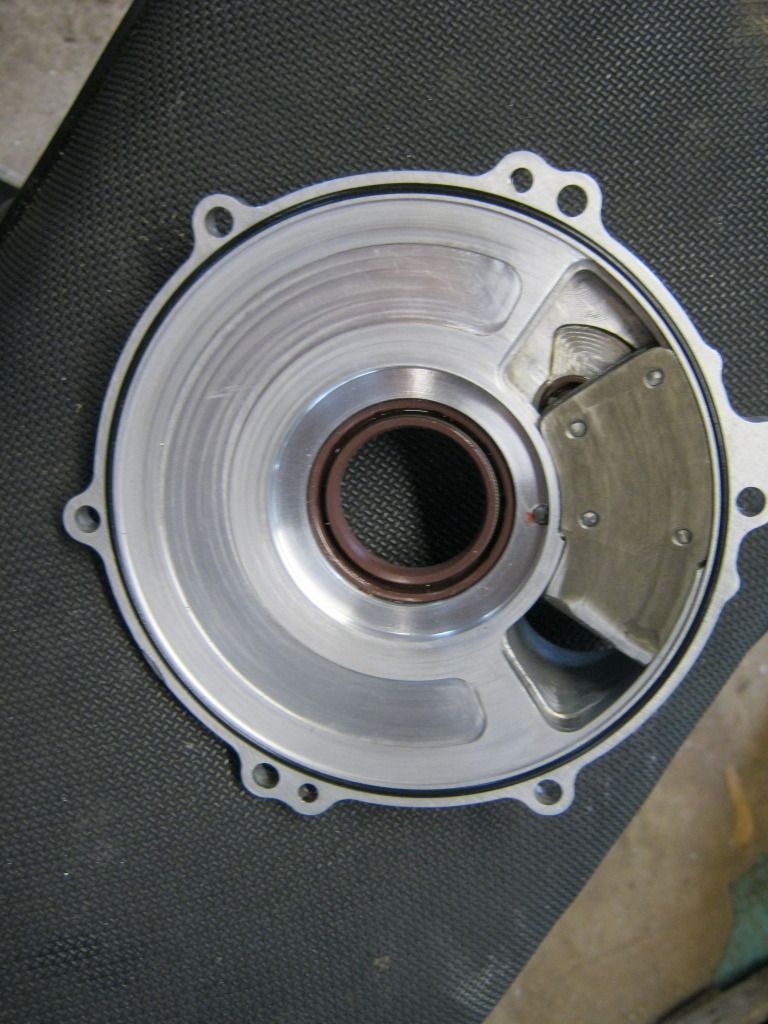Yes you mentioned when we talked about the trouble you had with the splitter cable TPS (probably of a Suzuki RGV i guess?
I wonder if as well as the cable hang up issues the output signal was to course because it was designed to run the solenoids and maybe a ignition function only.
I amended my pic to one better match TZ's inlet port and on talks with people re the butterfly vs slide throttle body people often say the throttle response is more acceptable i guess due abrupt nature of the shape change i proposed .
So i have amended the shape slightly as well.
I think a proper linear potentiometer would offer finer control (eg like suspension telemetry uses or the fader from an old volume control to contrast etc Remember those
from memory there is even simple circuits available to condition their output to gain the desired outputs to throttle travel.
But what side up would the cut out go? wonder?
A flatter more wedge shape should be ultra short.
As it needs no area to blend the port weith the intake as well and help to clear the blocking effects of the crank wheels on The gp125.
Assuming the rotary valve GP125 engine is to be freed from the shackles of a carb.
Your ball throttle is super neat but well beyond us mere mortals
I absolutely love the variable rotary valve slider you did.
I see that as a far simpler solution than either the ball valve or my half arsed Photoshop effort i have done, if combined directly with a potentiometer.













 Reply With Quote
Reply With Quote





Bookmarks